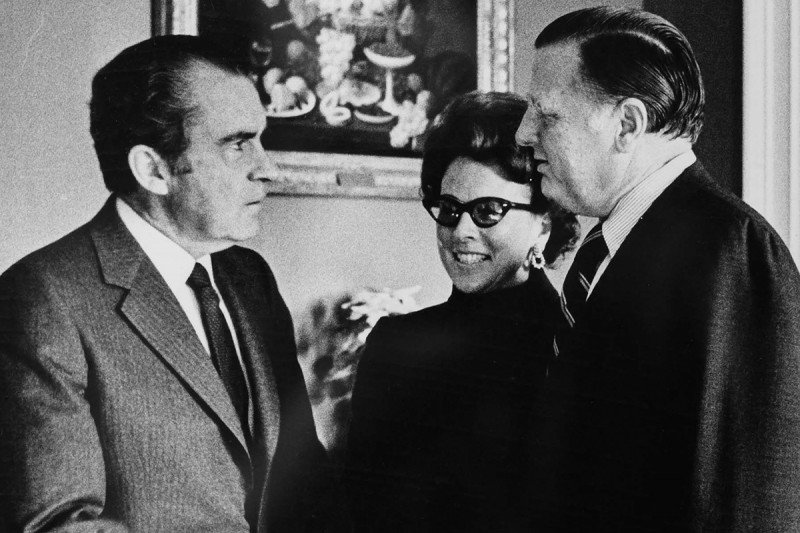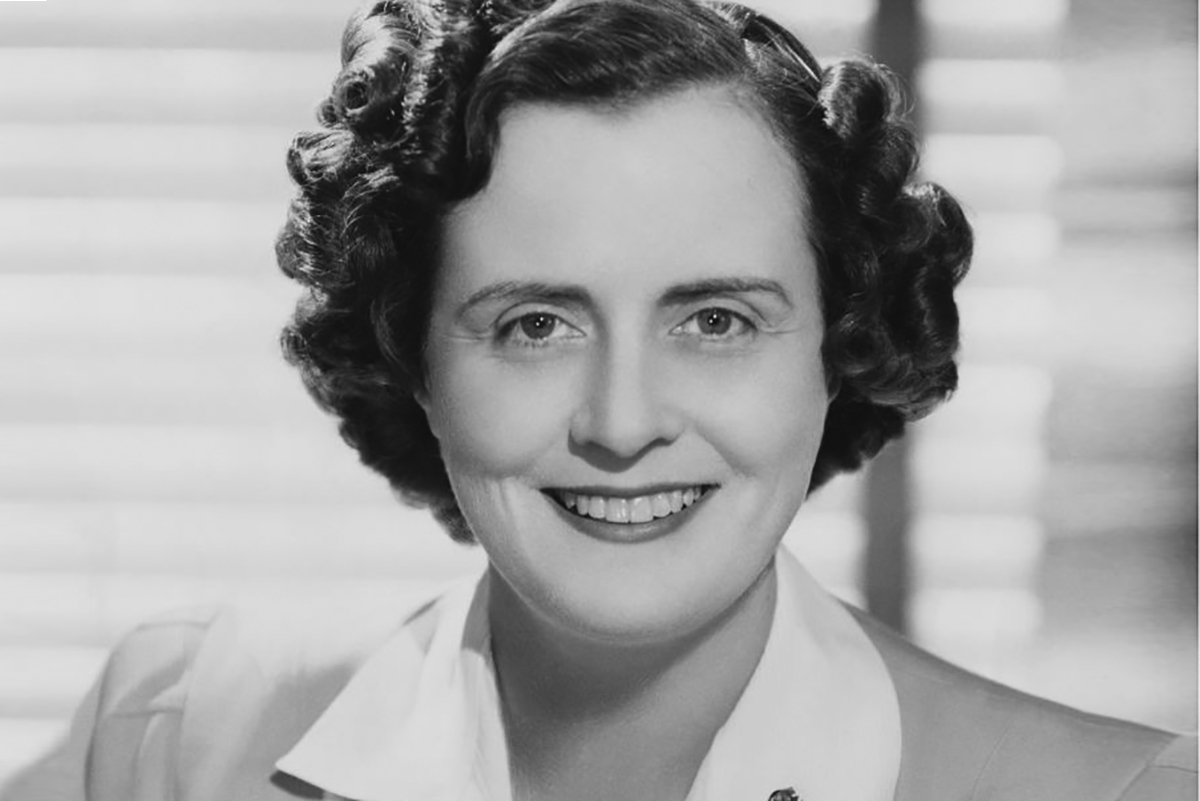
Richard Nixon with Benno Schmidt (right) and Mr. Schmidt’s wife, Nancy (center), at the signing of the National Cancer Act in 1971.
In 2016, when Vice President Joseph Biden announced the “Cancer Moonshot” initiative, many in the scientific world felt a twinge of déjà vu. This wasn’t the first time that officials in the US government had set their sights on an ambitious plan to conquer cancer.
In fact, a “War on Cancer” was launched in 1971, when President Richard Nixon signed the National Cancer Act into law. The aim of this legislation, which greatly increased funding for cancer research, was nothing short of the eradication of cancer. As Mr. Nixon said in his State of the Union speech that year, “The time has come in America when the same kind of concentrated effort that split the atom and took man to the moon should be turned toward conquering this dread disease.”
Yet from the beginning, the War on Cancer was controversial. Many leading scientists opposed it, fearing it would steal attention from other research.
Among the public, it led to unrealistic expectations that a cancer cure was just around the corner. It wasn’t.
But the National Cancer Act — which turns 50 years old in 2021 — did eventually pay off in ways that few could have expected at the time. It fueled breakthroughs in fundamental biological science that are finally turning the tide against many forms of cancer. And individuals close to Memorial Sloan Kettering played a big part in getting it passed.
Cancer Crusaders
If there is one person who most deserves credit for the National Cancer Act, it’s Mary Lasker, the philanthropist, activist, and widow of Chicago advertising executive Albert Lasker who died of cancer in 1952. A longtime supporter of public health causes, including national health insurance, Mrs. Lasker used her considerable power and influence to rally support for cancer research among legislators. The result was a panel convened by the US Senate to survey the landscape of cancer research and make recommendations for how to speed progress.
The Senate chose investment banker and MSK board member Benno Schmidt to chair the 26-person panel. A native of Texas, Mr. Schmidt was known for his straight-shooting style and strong leadership skills.
Also serving on the panel were Joseph Burchenal, Vice President of the Sloan Kettering Institute; Laurance Rockefeller, Chairman of the MSK Board; and Mathilde Krim, a virologist in SKI. Together, these individuals developed the framework of the National Cancer Act, which was signed into law on December 23, 1971.

Mary Lasker circa 1950. Photo: Pictorial Parade/Archive Photos/Getty Images.
Mixed Messages
Though the Act’s stated aim was the “conquest” of cancer, Mr. Schmidt and his fellow panelists knew that effective treatments were unlikely to come without sustained investment in fundamental biological research.
“Whether it was cancer or Alzheimer’s or another condition that the NIH [National Institutes of Health] was studying, the thing that was depressing about it to me was we didn’t know what any of those things were,” Mr. Schmidt recalled in 1995. “We clearly needed fundamental basic research to understand those diseases before we could hope to cure them.”
Yet the rhetoric surrounding the initiative sent a different message and led many scientists to line up against it.
“In the eyes of those who did not know us, we were twofold wrong,” Mr. Schmidt said. “We were one, taking money from other things for cancer, and two, we were going to misuse it because we were trying to do applied research [focused on solving practical problems] when we didn’t have the fundamental knowledge to make our research productive.”
Neither was true. But this history helps explain why talk of a new “Cancer Moonshot” in 2016 created some hesitance among scientists, even if they were grateful for the financial support.
Whether in 1971 or 2016, “basic scientists are going to resist the idea of a ‘Cancer Moonshot,’” says Craig B. Thompson, President and CEO of MSK. “Putting a man on the moon was primarily a spectacular engineering effort. NASA had all the necessary physics knowledge in hand when they planned the Apollo missions. With cancer, we don’t understand all of the basic science to be able to engineer a solution.”

One of the pens used to sign the legislation, currently on display in the Rockefeller Research Laboratory building at MSK.
Finding a Better Metaphor
A better way to think about the National Cancer Act, Dr. Thompson says, is as an investment that has paid substantial dividends over time.
“No one would have expected that within ten years of Nixon signing the National Cancer Act, Harold Varmus and Mike Bishop would discover the first cancer-causing genes lurking in our own cells,” he says.
And while a few cancer researchers in 1971 held out hope that one day the immune system might be harnessed to fight cancer, certainly no one dreamed that today one-third of all people with cancer would be receiving some form of immunotherapy, which does exactly that.
To make these advances, Dr. Thompson says, “We needed the tools of cell and molecular biology that were developed over the last 50 years through funding provided by the National Cancer Act.”
Thanks to those advances, one of the deadliest cancers — metastatic melanoma — is now curable in more than half of all cases. It joins testicular cancer, leukemia, and lymphoma as types of cancer that can be cured even when they have spread.
And there have been enormous strides in understanding and treating other cancers, including breast, prostate, lung, and thyroid cancers. The investment made nearly 50 years ago is still paying off.



